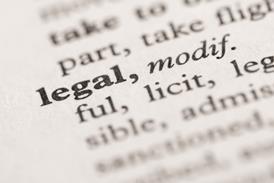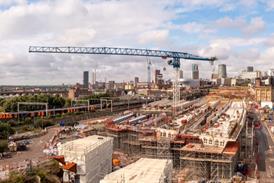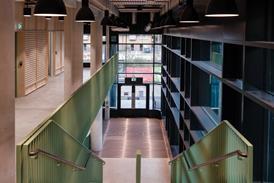Today’s release of the will be a knock to the Chancellor George Osborne as they show borrowing up more than expected.
Indeed at £23.3 billion (net of any financial interventions) in cash terms that is the most the UK has had to borrow in a month ever, at least as far as I could see.
And tomorrow we will most likely see the official statistics for UK economic growth in the second quarter revised down – probably from 1.2% to 1.0% as a result of the deep revision to made a few weeks ago.
This too, unless the revisions more widely are better than expected, will provide critics with ammunition to snipe at Mr Osborne, given his reliance on a strong head of steam to push the economy against the heavy drag that will result from the funding cuts and tax rise within his austerity package.
And while interpretations of the figures will vary, the Chancellor will be hoping to see much better numbers in the year ahead, particularly with expectations of an interest rate rise growing – as articulated in the latest forecast from the employers’ body .
But, perhaps naturally, the column heading I find my eye drifting towards when the monthly public sector finance figures are published these days is K5GY – net investment excluding financial interventions.
Not I might add because I’m desperate to appear a nerd. Rather, this figure indicates the path of capital investment and from that you can work out roughly how much is left in the Treasury pot.
Well here’s what you find. In the current year to November the total of net investment was £22.2 billion against £21.9 billion in the previous year.
From that we can assume (particularly as in theory there has been some deflation in construction) that the industry has yet to feel the pull of the Chancellors fingers on the Treasury purse strings.
The budget figures allocate about £39 billion to the net investment pot for this financial year against the £49.4 billion spent last financial year. And this money has a habit of being quite back-end loaded with net investment ramping up in the months to March.
The accounts, therefore, suggests that in the final four months of the financial year there will be £10 billion or so less spent on investment than in the final four months of last financial year.
Now we can do some very crude sums which take account of depreciation to get a rough number for how much money is left in the gross investment pot for the next four months. That’s to say how much the Government has left in its capital budget. The figures come out as about £23 billion against about £34 billion for the final four months of the 2009/10 financial year.
I don’t know the exact mix of capital budget commitments in line for Government cash and what proportion of them are construction related, but if Mr Osborne is to hit his target there would appear to be some savage belt tightening to be done.



























No comments yet